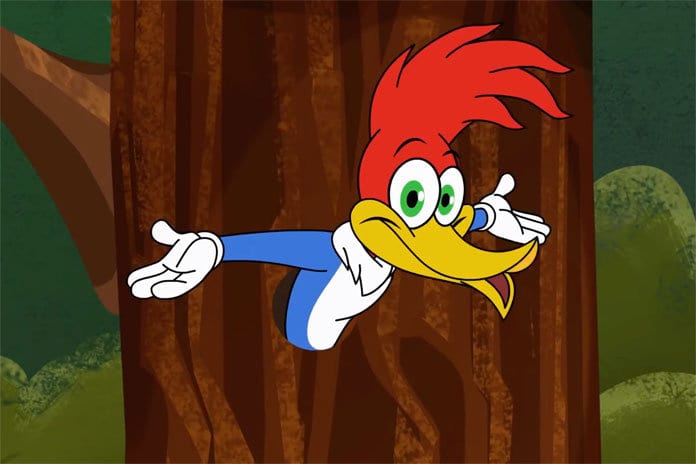Hi Mike,
Well, I don't actually think it's a case of "missing" anything, since I've brought it up so often. Quite clearly, you're purposefully ignoring a challenge you are unable to anwer.
So for the third time in this thread, I'm telling you, in no ambiguous terms, that your analysis of the Luneau video woodpecker's flight is complete and utter bogus for very specific aerodynamic and mathematical reasons I have pointed out in my past posts:

 www.birdforum.net
www.birdforum.net
You'll find the relevant details if you click through the chain of links in the post. It will take a couple of clicks because each time you evade the issue, another link gets added to that chain.
For anyone reading this thread: This is the litmus test for scientific honesty. If Mike keeps running away from it, that means he is not interested in the "seeking the truth", but rather in peddling his preconceived notion here on birdforum.
Kind regards,
Henning
I asked "Please show me what I missed if anything. tks"
Well, I don't actually think it's a case of "missing" anything, since I've brought it up so often. Quite clearly, you're purposefully ignoring a challenge you are unable to anwer.
So for the third time in this thread, I'm telling you, in no ambiguous terms, that your analysis of the Luneau video woodpecker's flight is complete and utter bogus for very specific aerodynamic and mathematical reasons I have pointed out in my past posts:

Ivory-Billed Woodpecker continued
Nice mature and rational response where you totally don't look like a tool. Honest. How about a mature response regarding your evidence and DNA profiling of the feathers? Or have they conveniently been lost? This is upthread dawdleson..............please be considerate............or no coupons...
You'll find the relevant details if you click through the chain of links in the post. It will take a couple of clicks because each time you evade the issue, another link gets added to that chain.
For anyone reading this thread: This is the litmus test for scientific honesty. If Mike keeps running away from it, that means he is not interested in the "seeking the truth", but rather in peddling his preconceived notion here on birdforum.
Kind regards,
Henning







